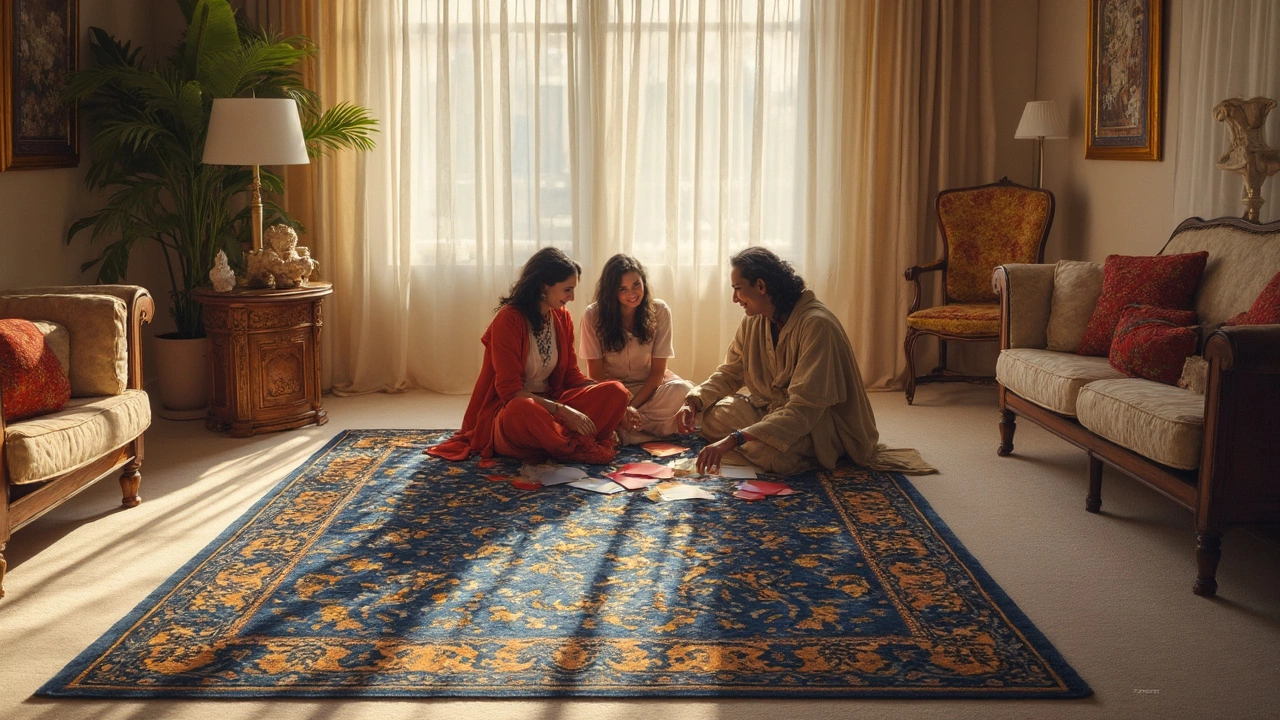
Should Rugs Be Darker Than Carpets? Practical Choices and Real-Life Tips
Wondering if your rug should be darker than the carpet? This article breaks down how different color combos can change the way your room feels. Find out what works best for foot traffic, cleaning, and making a space pop. Get tips that actually make picking a rug easier instead of more confusing. You’ll walk away ready to pick a rug that makes your space look and feel right.
View More